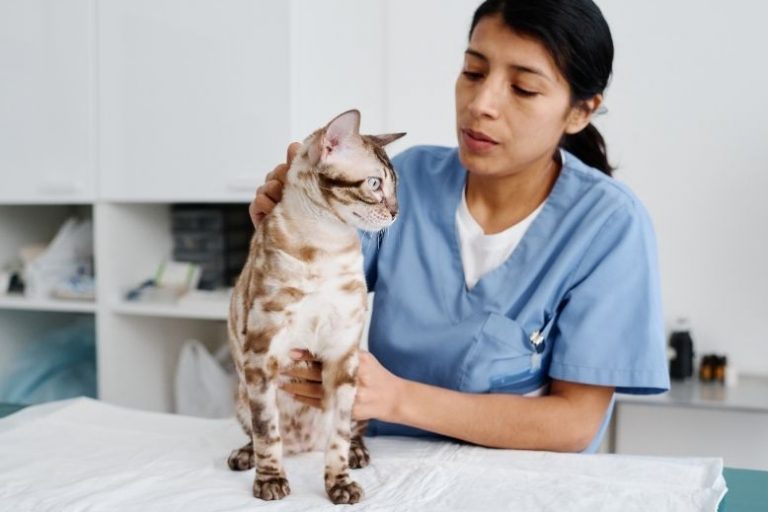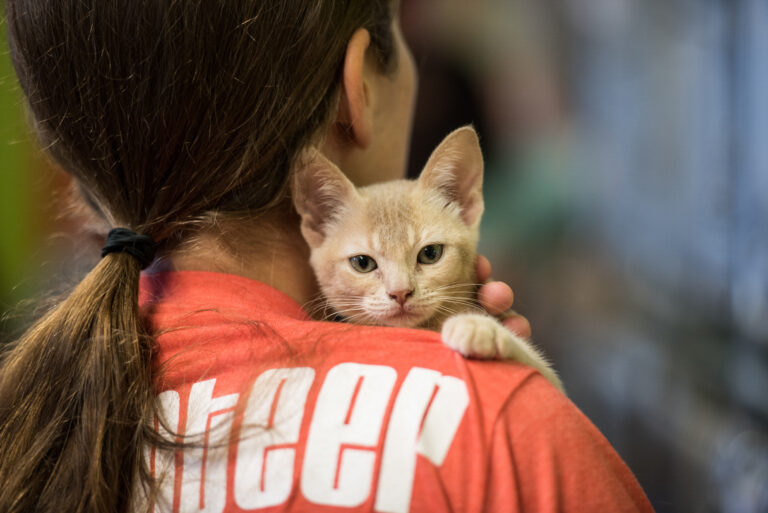As spring approaches, so does shedding season for many cats. Warmer weather signals to your cat’s body that it’s time to shed their thick winter coat, resulting in tufts of fur appearing everywhere—from furniture to your clothes. While shedding is natural, it can lead to increased hairball formation as cats groom themselves and ingest loose fur.
Managing shedding season effectively not only keeps your home cleaner but also supports your cat’s overall coat health and digestive wellness. Here’s how to minimize hairballs and maintain a sleek, healthy coat throughout shedding season.
Table of Contents
Why Do Cats Shed More in Spring?
Cats’ coats naturally respond to changes in daylight and temperature. As days grow longer and warmer, your cat begins to lose their dense undercoat, preparing for the lighter summer months.
Both indoor and outdoor cats shed, though indoor cats may shed more consistently year-round due to artificial lighting and temperature control. However, spring often brings a noticeable increase in loose fur.
The Link Between Shedding and Hairballs
When cats groom themselves, they swallow loose hairs. Normally, most of this fur passes through their digestive system. But during heavy shedding periods, the volume of ingested hair increases, and it may clump together in the stomach, forming hairballs (trichobezoars).
Common signs of hairballs include:
- Frequent gagging or hacking
- Vomiting hair-filled masses
- Constipation or reduced appetite
- Lethargy (if hairballs block digestion)
Preventing hairballs starts with reducing the amount of loose hair your cat ingests.
Tips to Reduce Hairballs and Manage Shedding
1. Brush Your Cat Regularly
The most effective way to minimize shedding is to brush your cat frequently. Regular grooming removes loose fur before it ends up in their stomach.
- Short-haired cats: Brush 2-3 times per week during shedding season.
- Long-haired cats: Brush daily to prevent matting and excessive fur ingestion.
Use a slicker brush, grooming glove, or fine-tooth comb designed for your cat’s coat type. Always brush gently to avoid irritating their skin, and make grooming sessions positive by offering treats or praise.
2. Use Hairball Control Cat Food or Supplements
Some cat foods are specifically formulated to support hairball control. These typically contain:
- Higher fiber content to help move ingested hair through the digestive system.
- Omega-3 and omega-6 fatty acids to promote healthy skin and reduce excess shedding.
- Added vitamins and minerals to maintain coat health.
In addition to food, hairball remedy supplements or gels (often petroleum-based) can aid in lubricating the digestive tract, making it easier for fur to pass through naturally.
3. Ensure Proper Hydration
Hydration plays a key role in digestion and coat health. Adequate water intake helps:
- Keep the digestive system moving smoothly, reducing the chance of hairballs.
- Maintain skin elasticity and moisture, minimizing dry, flaky skin that can worsen shedding.
Encourage your cat to drink by:
- Offering multiple water bowls.
- Using a pet water fountain, as many cats prefer running water.
- Adding moisture to meals by serving wet food or mixing water into kibble.
4. Regularly Clean Your Home Environment
Loose cat fur tends to accumulate not just on your cat, but around your home. Regular cleaning helps:
- Reduce airborne fur and dander.
- Minimize the chance of ingested fur returning from your furniture to your cat.
Vacuum carpets, furniture, and cat bedding frequently. Using a lint roller, pet hair remover, or washable throws over furniture makes cleanup easier.
5. Provide a Balanced, Nutrient-Rich Diet
A well-balanced diet rich in essential nutrients supports healthy skin and reduces excessive shedding. Look for:
- High-quality proteins to maintain strong hair follicles.
- Omega fatty acids (like those from fish oil) for a shiny coat and reduced hair loss.
- Zinc and biotin, known to support skin and coat health.
Consult your veterinarian to choose the best food or supplements tailored to your cat’s specific needs.
6. Keep Stress Levels Low
Stress can contribute to excess shedding. To keep your cat relaxed during seasonal changes:
- Maintain a consistent routine for feeding, playtime, and grooming.
- Offer enrichment through interactive toys, window perches, and scratching posts.
- Provide quiet, safe spaces where your cat can retreat if they feel overwhelmed.
A stress-free cat is less likely to experience behavioral over-grooming, which can worsen hairball problems.
7. Schedule Regular Veterinary Check-Ups
Excessive shedding or chronic hairball issues may indicate underlying health problems like:
- Allergies or skin conditions
- Digestive disorders
- Parasites (like fleas)
- Thyroid imbalances
Annual vet visits ensure your cat’s shedding is within a healthy range and rule out medical concerns.
In Conclusion

Shedding season is a natural part of your cat’s life, but with proper grooming, nutrition, hydration, and care, you can minimize hairballs and keep their coat looking sleek and healthy. Establishing a consistent grooming routine, offering a balanced diet, and creating a clean, stress-free environment are key to navigating the challenges of seasonal shedding.
By staying proactive, both you and your cat can enjoy the beauty of spring without the mess—or the hairballs.







